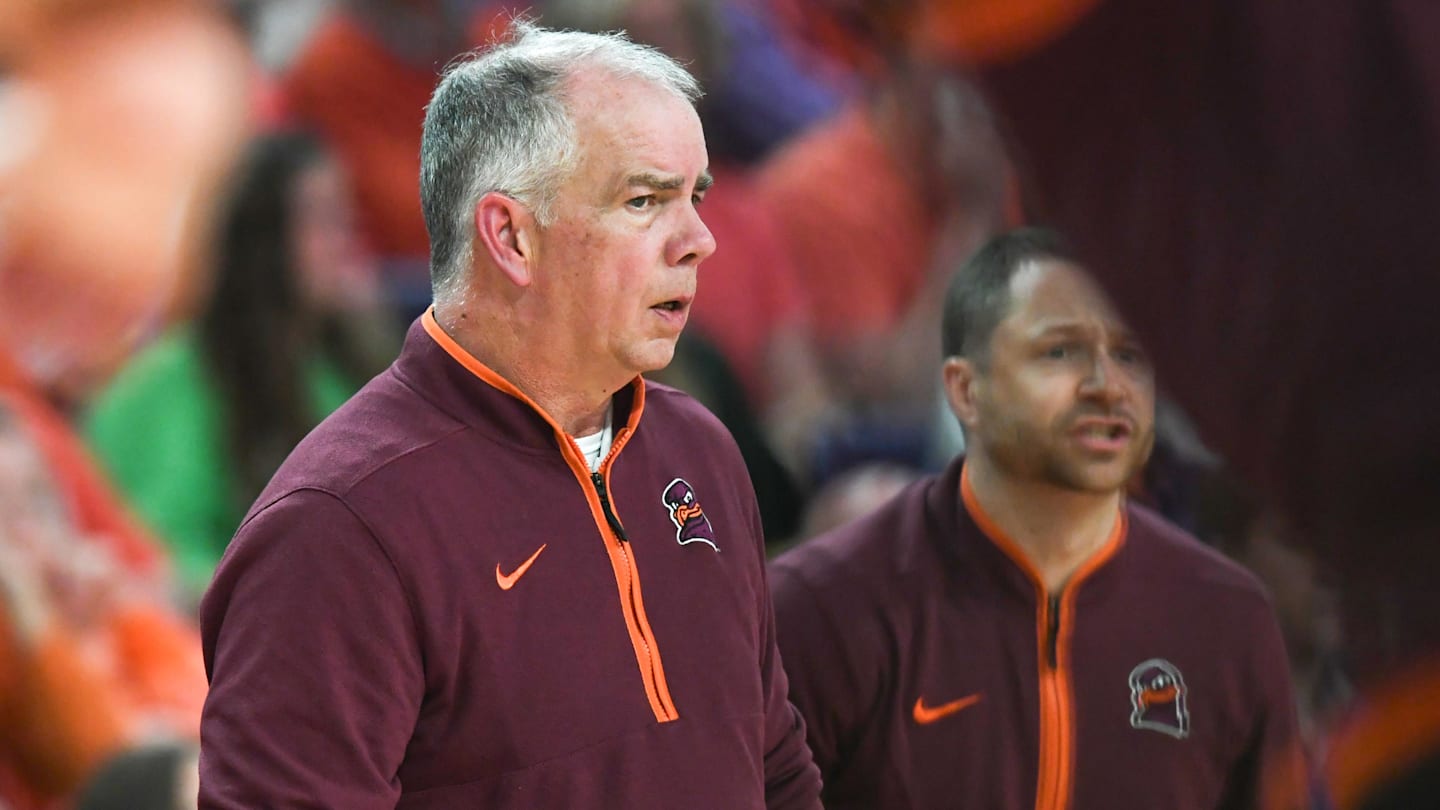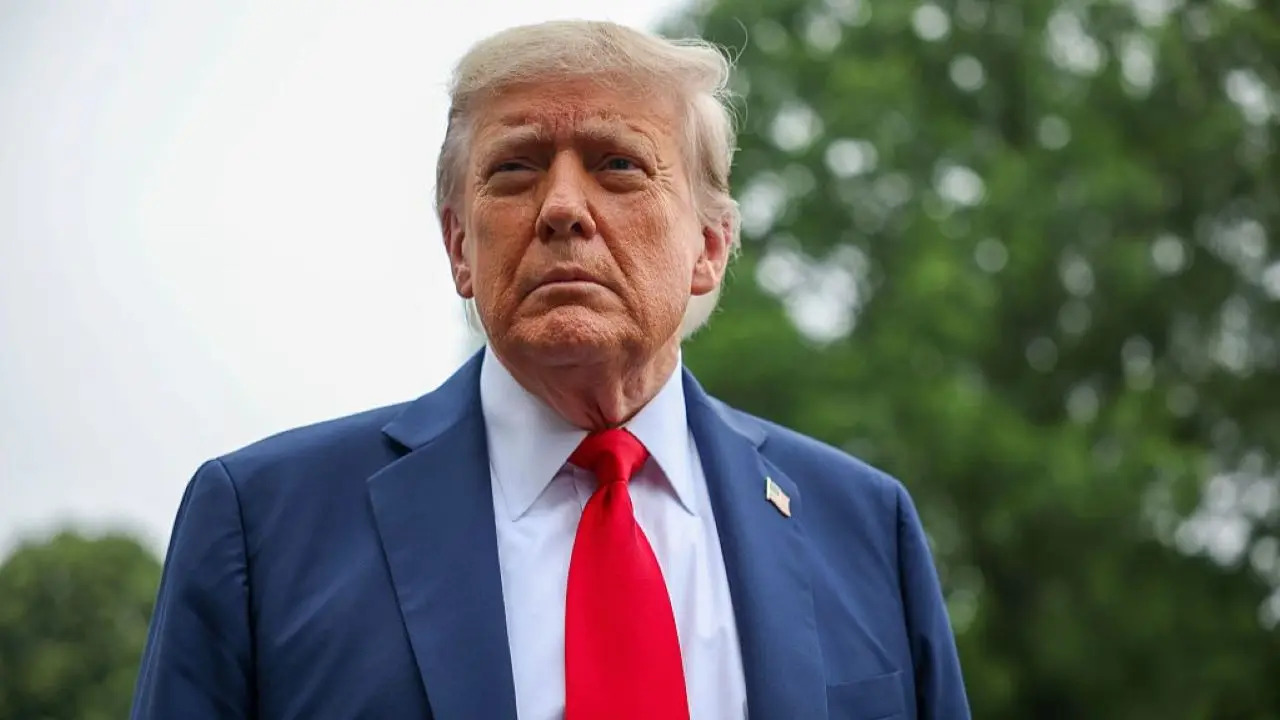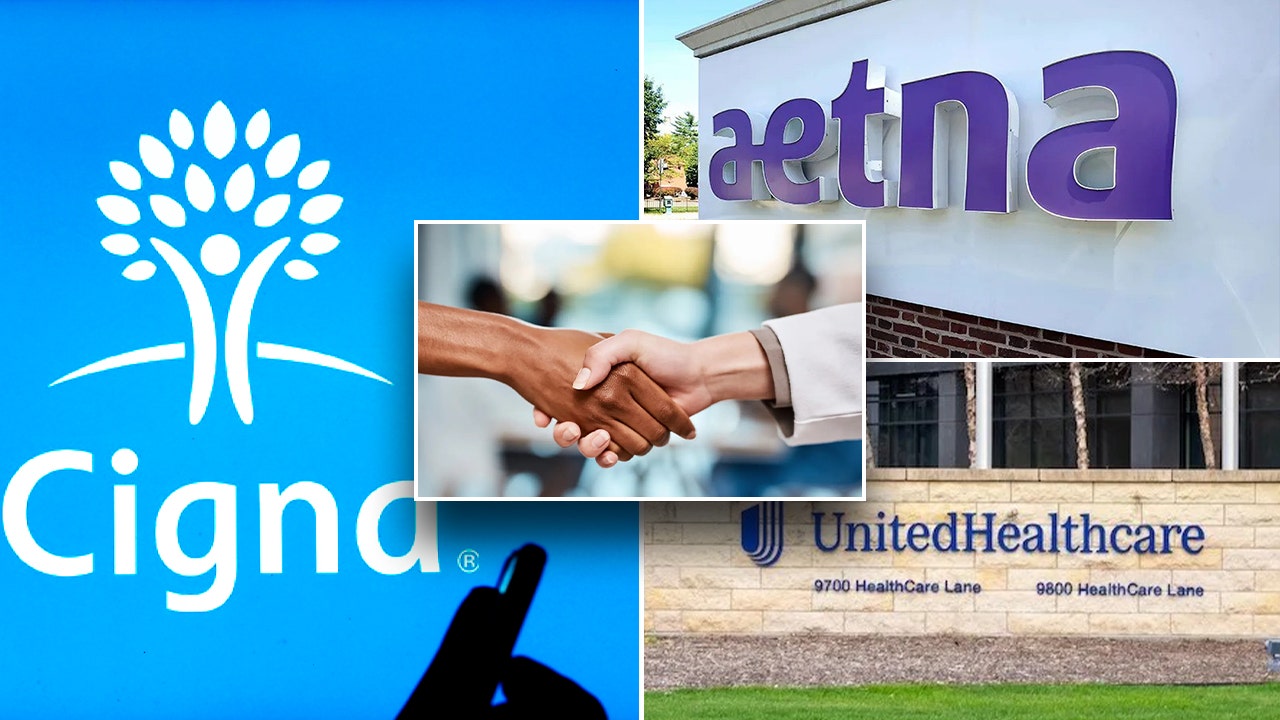“Oh, we left the four seasons behind somewhere towards the end of the last century,” Cliff Bashforth, managing director of the colour and image consultancy company Colour Me Beautiful, tells me. “Now, we have a palette of 24 tones, and it’s all about are you light or deep, warm or cool, clear or soft. We don’t tell people what colours to wear any more, we show them how to wear colour.”
“Getting your colours done” — common shorthand for the colour analysis service that famously assigned everyone a season — is as synonymous with the 1980s as leg warmers and leotards. It was transformational for a generation of women. I remember how excited my mother was to have been anointed “spring”, embracing a wardrobe of apricot and peach for the next three decades; my half-sister had hers “done” in the early 1990s, and has been happily wedded to her winter palette ever since, favouring silver over gold jewellery and not being afraid of lilac. “My aunt had it done,” a friend told me. “And she still only wears turquoise.”
I had presumed that the phenomenon of having your colours done died out along with leg warmers. But recently, after hearing that it has been trending on TikTok (#coloranalysis has been tagged more than 278,000 times), where various filters allow you to DIY your own colours, I discovered that it’s also having a moment IRL. On a weekend away with a close friend, I couldn’t put my finger on why she was looking quite so good. “I’ve had my colours done,” she admitted sheepishly, adding, “I know, I know,” before I could say anything about time-travelling to 1984. “I didn’t know you still could!” I replied.

She confided that she had visited a woman in north London who had been a colour consultant for many years and prescribed my friend warm autumnal shades, which she instantly espoused, all but doing away with any clothes that were not rust, olive, burnt orange or mustard. Along with a pop of her “wow” colour — a soft red for lipstick and earrings — it all hung together so nicely that I lost no time in signing up for a consultation myself. This is, of course, just how it took off over 40 years ago — as a word-of-mouth hit.
Colour Me Beautiful, or Color Me Beautiful as it began, has been going strong ever since American founder Carole Jackson’s bestseller of the same name came out in 1980 and remained on the New York Times top 500 list for many years. It took off predominantly with women of a certain age in the US, leading many of them to train to become a “colour consultant” themselves — a popular late career option for women in possession of a garage or spare room, as well as a good dose of get up and go.
“It was in a time when women were looking for a part-time job that had some glamour attached to it that they could also do from home,” says Mary Spillane, the image and communications consultant who brought Color Me Beautiful — the book and the business — to the UK in 1983, shortly after moving here.
“No one knew me in this country, so I thought I’d give it a go. It became a runaway success. I set it up in 35 countries.” A host of rival colour consultancy companies sprang up — some of which still adhere to the original “four seasons” doctrine today.
Spillane is tickled to see how younger generations are embracing it as a retro trend. “I’ve seen it on TikTok and Instagram and it has really cracked me up,” she says. Her take is that eco-conscious Gen Z-ers spurning fast fashion are wanting to shop wisely and invest in pieces that suit them and will last. TikTokers are either videoing professional colour consultations, engendering long comment threads — “I def like the cool WAY better”; “I vote warm 100% 😬😬😬” — or attempting to work it out for themselves using special rainbow filters.
In Spillane’s view, there is no substitute for an in-person consultation. “None of us are objective and women tend to be more negative and have hang-ups . . . we have all these stupid things that we have closed off to ourselves. It’s great to have someone look at you fresh, and say ‘Come on, give it a go.’”

In response to this surprise uptick, Colour Me Beautiful last year launched an “Express Colour” service lasting about 40 minutes (costing from £40) instead of 90 minutes (from £160), for “attention-shy young people”, says Bashforth. He trained as a consultant in 1988 and has worked for the company ever since, buying it out in 2016. Thousands have been trained over the decades, with a current stronghold of 800-plus consultants across the world. It is a particular hit in South Africa, Sweden and Switzerland — but the French, apparently, aren’t so keen. The demographic has evolved and it is no longer the preserve of that gloriously ’80s cohort “ladies who lunch”, but a potentially lucrative part-time option for those with children at home, or who are simply wanting to diversify. Is it still mainly women who sign up for training, I ask Bashforth. “Ninety-nine to one. I am the exception,” he laughs.
It costs £2,000 (plus VAT) for 24 hour hours’ online training over six days, but, once you’ve bought your swatches of colour, “you can literally start the next day”. Some have stuck at it for 35 years, but others, such as Spillane, “ran out of puff”. The average tenure is — impressively — somewhere around the 15-year mark, according to Bashforth.
Angi Jones, who operates out of her bright ground-floor flat in London’s Muswell Hill, has been with Colour Me Beautiful for nearly 20 years. Her living room is set up with a table piled high with neatly pressed samples of assorted coloured fabrics, and a chair placed in front of a mirror. Jones is stylish and smiley with blonde hair, wearing neutrals and a splash of apple green — “as bright as I go”, she tells me, “given my colouring”. She eyes my white T-shirt and pale pink cardigan, but refrains from comment.
I sit down in the chair and Jones covers my shoulders with a sequence of “pelmets” that are divided into colourful segments like Trivial Pursuit wedges. As I look in the mirror, guided by Jones, the pelmets immediately reveal whether I am warm or cool, light or deep, clear or soft (muted is the term preferred by men, apparently). It is clear by how washed-out I look against certain pale tones that I am warm, deep and clear. Jones, now totally in her stride, begins to drape the swatches from the various piles of colour across me. “My mother told me I must never wear beige,” I venture, when she holds up the next set — neutrals. “Raincoats, handbags, basics,” replies Jones, “that’s what they are for.” I’m surprised that charcoal is in my remit, and disappointed that bright white is definitely out — though soft white is allowed. FT bisque is in, but my cardigan is a no.
Jones has strong views about the meaning and power of colour. “Red excites people — children like it,” she tells me. “Purple is a learned colour — people think you are more intelligent if you wear purple.” I admit that purple is the one colour I really don’t get on with. “That’s fine!” she says breezily, putting it to one side and pulling out a deep teal. “Ah! Look at that! That really brings out the contrast between your skin and your eyes and hair, which is what we want.” The teal goes into a shortlist pile of possible “wow” colours.
People tend to smile when they find a colour that really works for them, she says. I grin like mad when she lays a daffodil yellow swatch across my shoulders — mainly because it is one of my favourite colours, and I’m happy I’m allowed to wear it.
Then we go into colour combinations — the more striking the better, apparently, for my colouring. Mahogany and primrose: Dalai Lama gravitas. Chocolate brown and lapis — “The French do that, it’s very clever” — is smart, pulled together, like posh luggage. Chocolate and periwinkle is more air stewardess, however.
At the end of the session, Jones assembles my wallet of personalised miniature swatches — small enough to slip into my beige handbag for a shopping trip to town. I feel myself itching to rashly bin my staple white T-shirts and pale jeans in favour of French navy and ivory. Perhaps with a splash of teal.
Not everyone responds well to being told what they should and shouldn’t wear: one FT journalist recounted how horrified she had been when her husband bought her a colour analysis consultation for her birthday. Others like to rebel, sporting colours they know aren’t in their wallet.
Having rushed out after my consultation and spent a small fortune on a coral jumpsuit and coffee-coloured trousers, a week later I found myself slipping back into my off-duty uniform. In flaunting Angi’s advice, I felt a pang of guilt, but also an illicit thrill.
Rebecca Rose is the editor of FT Globetrotter
Find out about our latest stories first — follow FT Weekend on Instagram and X, and subscribe to our podcast Life & Art wherever you listen



























